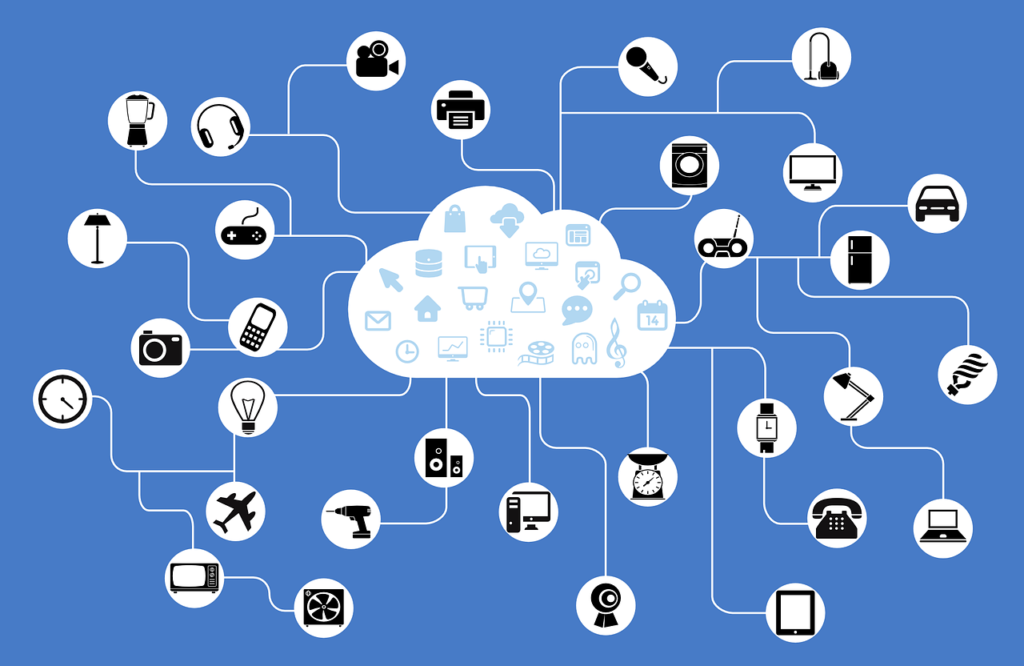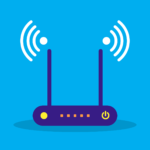
TCP/IP is a way for computers to communicate with one another. It’s a medium that all computers understand and is, typically, built into the computers. The TCP/IP model is mostly automated, but it is a good idea to understand this communication model for computer systems and also the best TCP/IP settings that would help ensure flawless and speedy communications. Knowledge of how TCP/IP is configured can be particularly important when you have to set up a connection between two computer systems manually.
What Are The Best TCP/IP Settings?
As mentioned earlier, TCP/IP defines the rules how one PC would communicate with another. For making TCP/IP settings easily manageable, it is often recommended that you use automated Dynamic Host Configuration Protocol (DHCP). These are, probably, the best TCPIP settings available because DHCP assigns the IP addresses to the networked computers automatically. When using DHCP, you don’t need to make any manual changes to the TCP/IP settings on your computer even if it is moved to another location. You don’t need to configure settings like DNS and WINS manually when you have them configured through DHCP.
How To Enable DHCP And Make Changes To Other Network Settings?
If you want to enable DHCP or make any changes to your computer’s TCP/IP settings, follow the steps below:
- In the Start menu select Settings and then Network & Internet.
- Now, follow either of the following steps:
- If you’re on Wi-Fi, click Wi-Fi > Manage Known Networks and select your desired network for which you want to manage TCP/IP settings. Next, click on Properties.
- If you’re connected to an Ethernet network, click on Ethernet and then select the Ethernet network you are using.
- Click on Edit in IP Assignment section.
- In ‘Edit IP Settings’, click on Manual or Automatic (DHCP).
- To manually specify IPV4 settings, follow the steps below:
- Select “Manual” in Edit IP Settings and then go to IPv4.
- Enter your IP address settings in the boxes designated for IP Address, Subnet Prefix Length, and Gateway
- Specify DNS server address in the boxes designated for the Preferred DNS and Alternate DNS. These should be the addresses of your primary and secondary DNS servers.
- To manually specify IPv6 settings, follow the steps below:
- Select “Manual” in Edit IP Settings and then go to IPv6.
- Enter your IP address settings in the boxes designated for IP Address, Subnet Prefix Length, and Gateway
- Specify DNS server address in the boxes designated for the Preferred DNS and Alternate DNS. These should be the addresses of your primary and secondary DNS servers.
- When you choose Automatic (DHCP) option, the IP addresses and the DNS server addresses are all set automatically by the router or access point. This is the recommended setting as you don’t have to worry about any technical stuff or remember addresses to connect to the network.
- To manually specify IPV4 settings, follow the steps below:
- Once done, click on Save.
If all that sounds too complicated, use NetOptimizer – it will apply the best TCP/IP settings for your computer instantly!
So, the next time you have to manage your computer’s TCP/IP settings, you can use the above steps to configure them. Remember, however, the best TCP/IP settings are the automatic ones.





